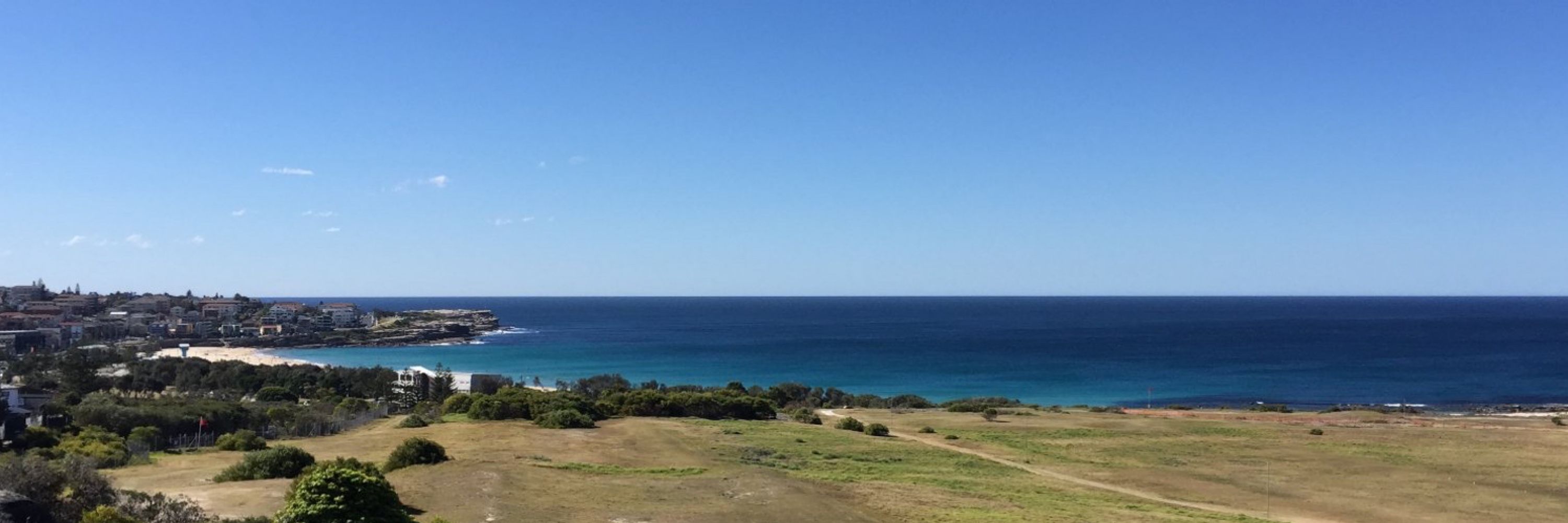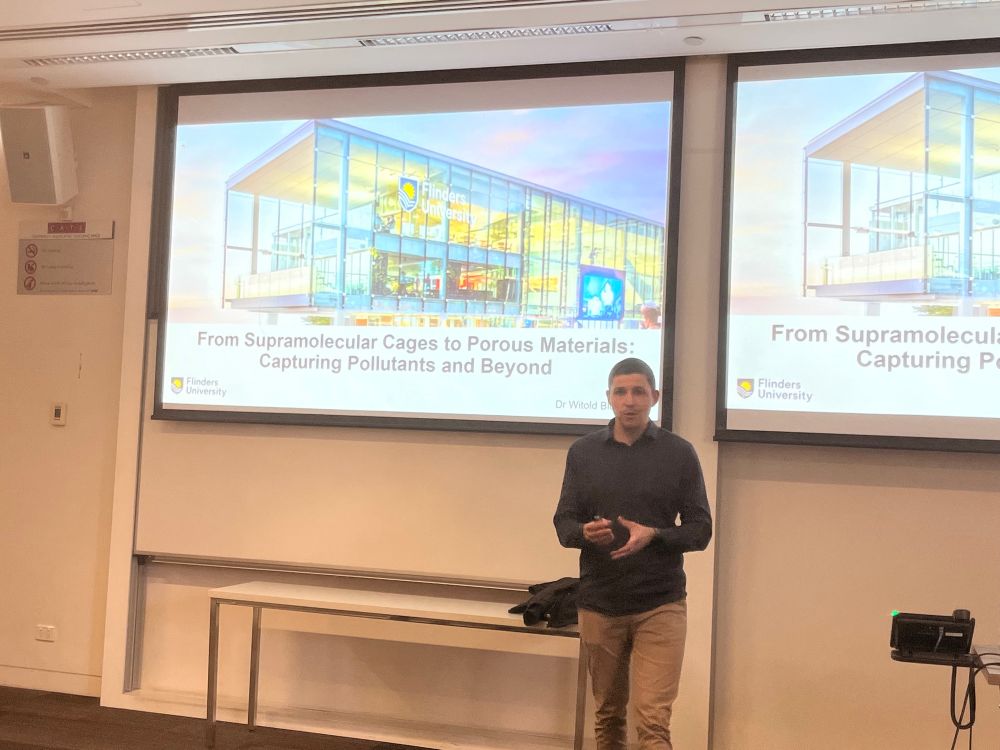
https://bevesgroup.wordpress.com






More detailed screening found more than 25,000 different chemicals, including the herbivore faecal marker (ethylcoprostanol), unlike the Coogee beach ones as they only contained the human faecal matter biomarker.

More detailed screening found more than 25,000 different chemicals, including the herbivore faecal marker (ethylcoprostanol), unlike the Coogee beach ones as they only contained the human faecal matter biomarker.
The negative ion mass spectrometry revealed a sequence of masses separated by 28 mass units, consistent with a difference of 2 CH2 units. This is consistent with a biological source.

The negative ion mass spectrometry revealed a sequence of masses separated by 28 mass units, consistent with a difference of 2 CH2 units. This is consistent with a biological source.



Small samples of the untreated balls, and of the DCM extract, were dissolved in DMSO-d6 for NMR analysis. MOST of it dissolves...


Small samples of the untreated balls, and of the DCM extract, were dissolved in DMSO-d6 for NMR analysis. MOST of it dissolves...
Next we did some FTIR on some of the extracts and found signals that correspond to C-H groups, and C=O groups. From the DCM and hexane extracts contain more free COOH than the residue after washing, which looks like just salts of fatty acids.

Next we did some FTIR on some of the extracts and found signals that correspond to C-H groups, and C=O groups. From the DCM and hexane extracts contain more free COOH than the residue after washing, which looks like just salts of fatty acids.
Using X-ray Fluorescence spectroscopy we could detect elements heavier than sodium in the sample. We found minimal sodium, but a lot of calcium, and some phosphorus and iron. These are relative %, not the total composition.

Using X-ray Fluorescence spectroscopy we could detect elements heavier than sodium in the sample. We found minimal sodium, but a lot of calcium, and some phosphorus and iron. These are relative %, not the total composition.
We took the balls and tried to dissolve them in organic solvents (DCM and hexane), and removed the water-soluble fraction. We then analysed the samples either as the raw balls from the beach (raw), the DCM extract, and the residue after washing with DCM then hexane (hex).

We took the balls and tried to dissolve them in organic solvents (DCM and hexane), and removed the water-soluble fraction. We then analysed the samples either as the raw balls from the beach (raw), the DCM extract, and the residue after washing with DCM then hexane (hex).
We also measured the melting point of the untreated balls, and found they have a melting point of around 50 degrees, and the sample is completely melted by 83 degrees:

We also measured the melting point of the untreated balls, and found they have a melting point of around 50 degrees, and the sample is completely melted by 83 degrees:







@unswchemistry.bsky.social
analysed them! TL,DR: filthy soap scum. Details below! #tarballs #grimeballs #ozchem


@unswchemistry.bsky.social
analysed them! TL,DR: filthy soap scum. Details below! #tarballs #grimeballs #ozchem
The exact mass reveals the largest peak at 255.24 - the palmitate anion, derived from palmitic acid

The exact mass reveals the largest peak at 255.24 - the palmitate anion, derived from palmitic acid

I cannot believe we are still 'arguing' about climate change...


I cannot believe we are still 'arguing' about climate change...







